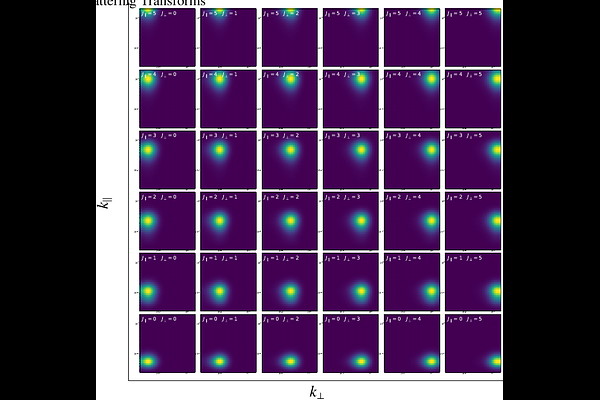Generative Models of 21cm EoR Lightcones with 3D Scattering Transforms

Generative Models of 21cm EoR Lightcones with 3D Scattering Transforms
Ian Hothi, Erwan Allys, Benoit Semelin, Romain Meriot
AbstractThe 21cm signal from the Epoch of Reionization (EoR) is observed as a three-dimensional data set known as a lightcone, consisting of a redshift (frequency) axis and two spatial sky plane axes. When observed by radio interferometers, this EoR signal is strongly obscured by foregrounds that are several orders of magnitude stronger. Due to its inherently non-Gaussian nature, the EoR signal requires robust statistical tools to accurately separate it from these foreground contaminants, but current foreground separation techniques focus primarily on recovering the EoR power spectrum, often neglecting valuable non-Gaussian information. Recent developments in astrophysics, particularly in the context of the Galactic interstellar medium, have demonstrated the efficacy of scattering transforms - novel summary statistics for highly non-Gaussian processes - for component separation tasks. Motivated by these advances, we extend the scattering transform formalism from two-dimensional data sets to three-dimensional EoR lightcones. To this end, we introduce a 3D wavelet set from the tensor product of 2D isotropic wavelets in the sky plane domain and 1D wavelets in the redshift domain. As generative models form the basis of component separation, our focus here is on building and validating generative models that can be used for component separation in future projects. To achieve this, we construct maximum entropy generative models to synthesise EoR lightcones, and statistically validate the generative model by quantitatively comparing the synthesised EoR lightcones with the single target lightcone used to construct them, using independent statistics such as the power spectrum and Minkowski Functionals. The synthesised lightcones agree well with the target lightcone both statistically and visually, opening up the possibility of developing for component separation methods using 3D scattering transforms.